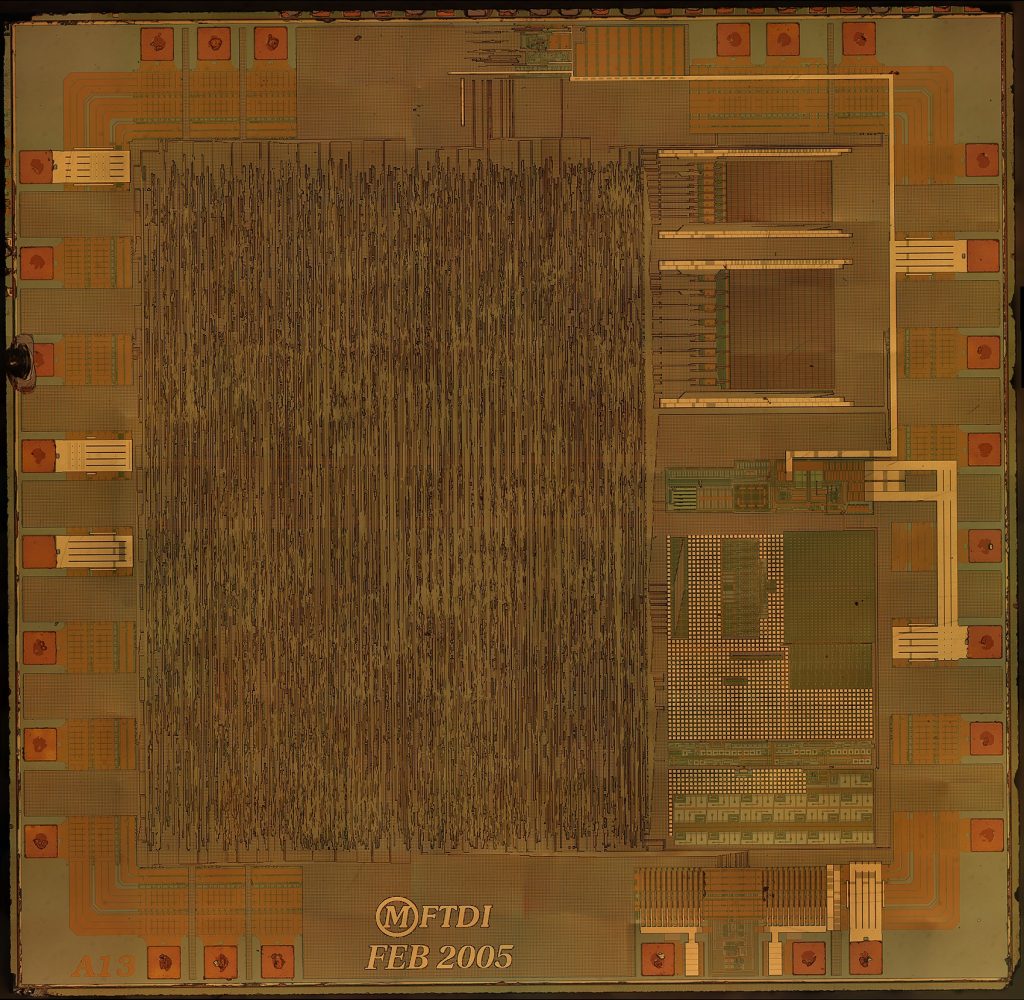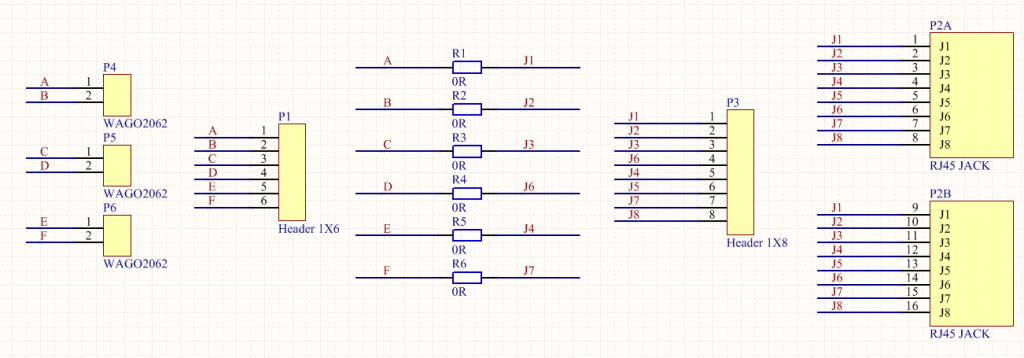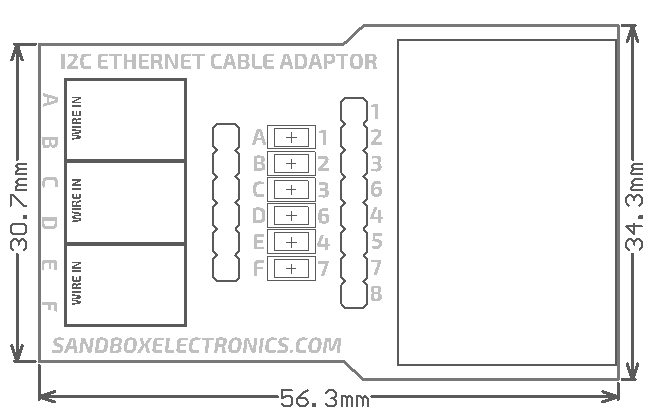Overview
This module is designed to enable long-range I2C communications which extend the cable length from several meters to 300 meters. It is ideal for applications that need to run over long wires such as the CAT5E Ethernet cable that is commonly used to make connections between rooms. The signals are transmitted via balanced transmission lines (twisted pairs) which greatly reduces noise and extends the range. NXP PCA9600 I2C bus extender IC is used as the main component of this module. The PCA9600 is designed to isolate I²C-bus capacitance, allowing long buses to be driven in point-to-point or multidrop applications. It can operate at speed up to at least 1 MHz.
- The BOOST version has an onboard boost converter that can feed 12V/24V (configurable) power to the VBUS.
- The BUCK version has an onboard buck converter that can take power from the VBUS and buck it down to 5V. This can be used to power the BUCK module itself and also the connected device(s).
The VBUS wires could provide power to the whole system. This eliminates the need to power every remote module and device separately.


